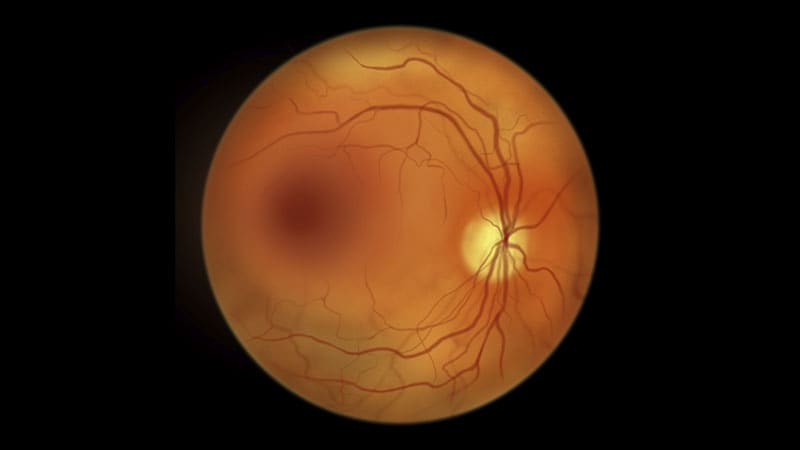Takeaway
- Patients with latent autoimmune diabetes have a lower risk of developing microvascular complications over 9 years vs those with type 2 diabetes (T2D), followed by a later higher risk of complications vs T2D, secondary to worse glycaemic control.
Why this matters
- Implementation of strict glycaemic control from the time of diagnosis may lower the later risk for microvascular complications in patients with latent autoimmune diabetes.
Study design
- A post-hoc analysis of 30-year data from the UK Prospective Diabetes Study (UKPDS) included 5028 participants with newly diagnosed T2D.
- Primary outcome: composite microvascular outcomes (first occurrence of renal failure, renal death, blindness, vitreous haemorrhage and retinal photocoagulation).
- Funding: European Foundation for the Study of Diabetes Mentorship Programme (AstraZeneca).
Key results
- Of 5028 participants, 564 were diagnosed with latent autoimmune diabetes and 4464 diagnosed with T2D.
- After median 17.3 (interquartile range, 12.6-20.7) years of follow-up, the composite microvascular outcome occurred in 1041 (21%) participants
- The incidence for the composite microvascular outcome was 15.8 (95% CI, 13.4-18.7) per 1000 person-years in latent autoimmune diabetes vs 14.2 (95% CI, 13.3-15.2] per 1000 person-years in T2D.
- During the follow-up of 9 years, patients with latent autoimmune diabetes were at a lower risk for the composite outcome vs those with T2D (adjusted HR [aHR], 0.45; 95% CI, 0.30-0.68; P<.0001), whereas the risk was higher in subsequent years (aHR, 1.25; 95% CI, 1.01-1.54; P=.047).
- Correcting for the higher updated 9-year mean haemoglobin A1c demonstrated a higher risk for composite microvascular outcome in patients with autoimmune diabetes vs those with T2D (aHR, 0.99; 95% CI, 0.80-1.23; P=.93).
Limitations
- Post-hoc analysis.
References
References


